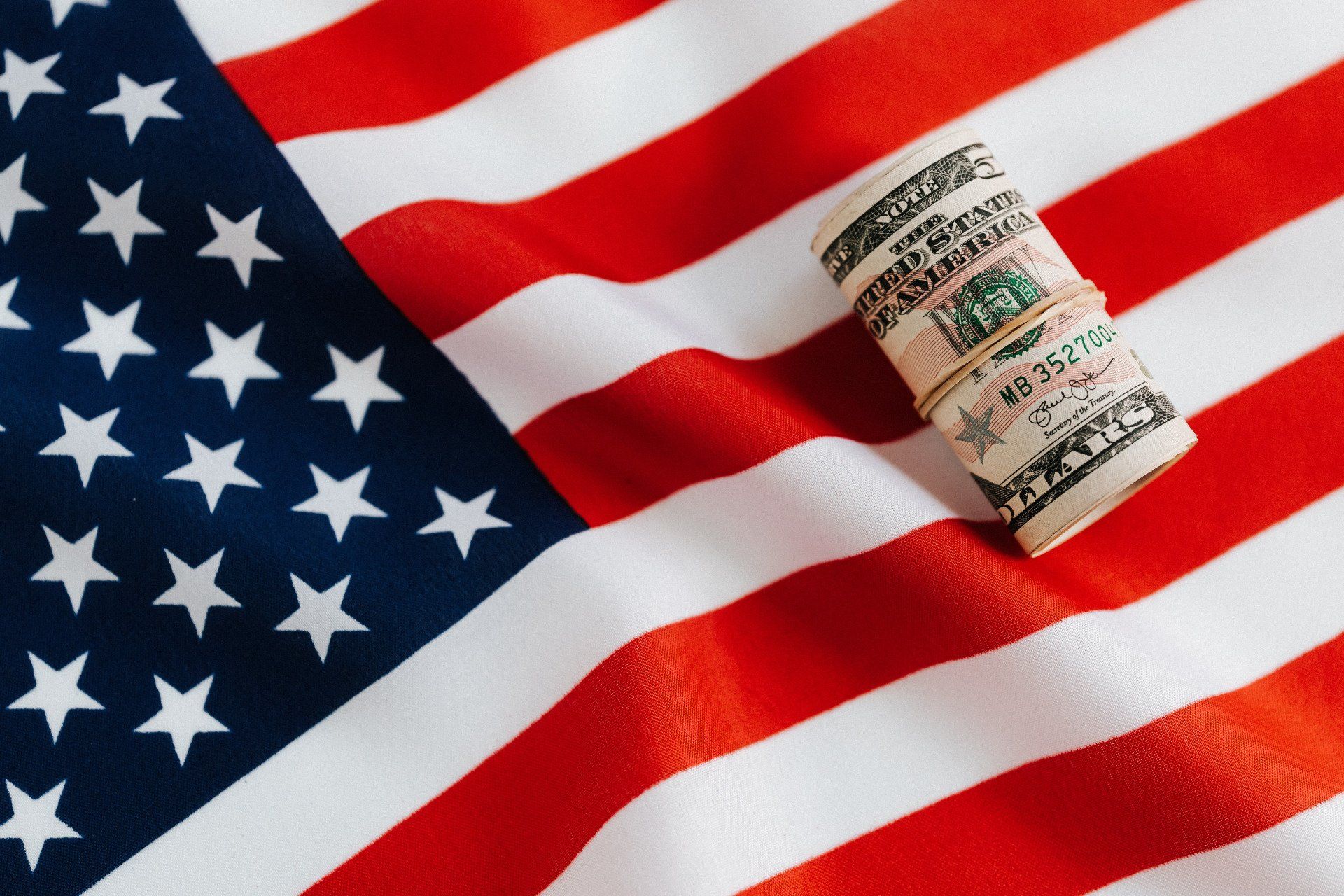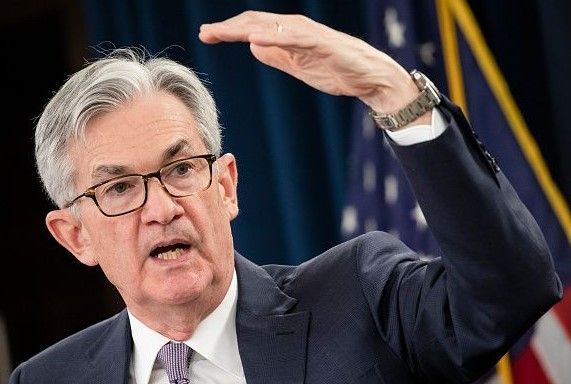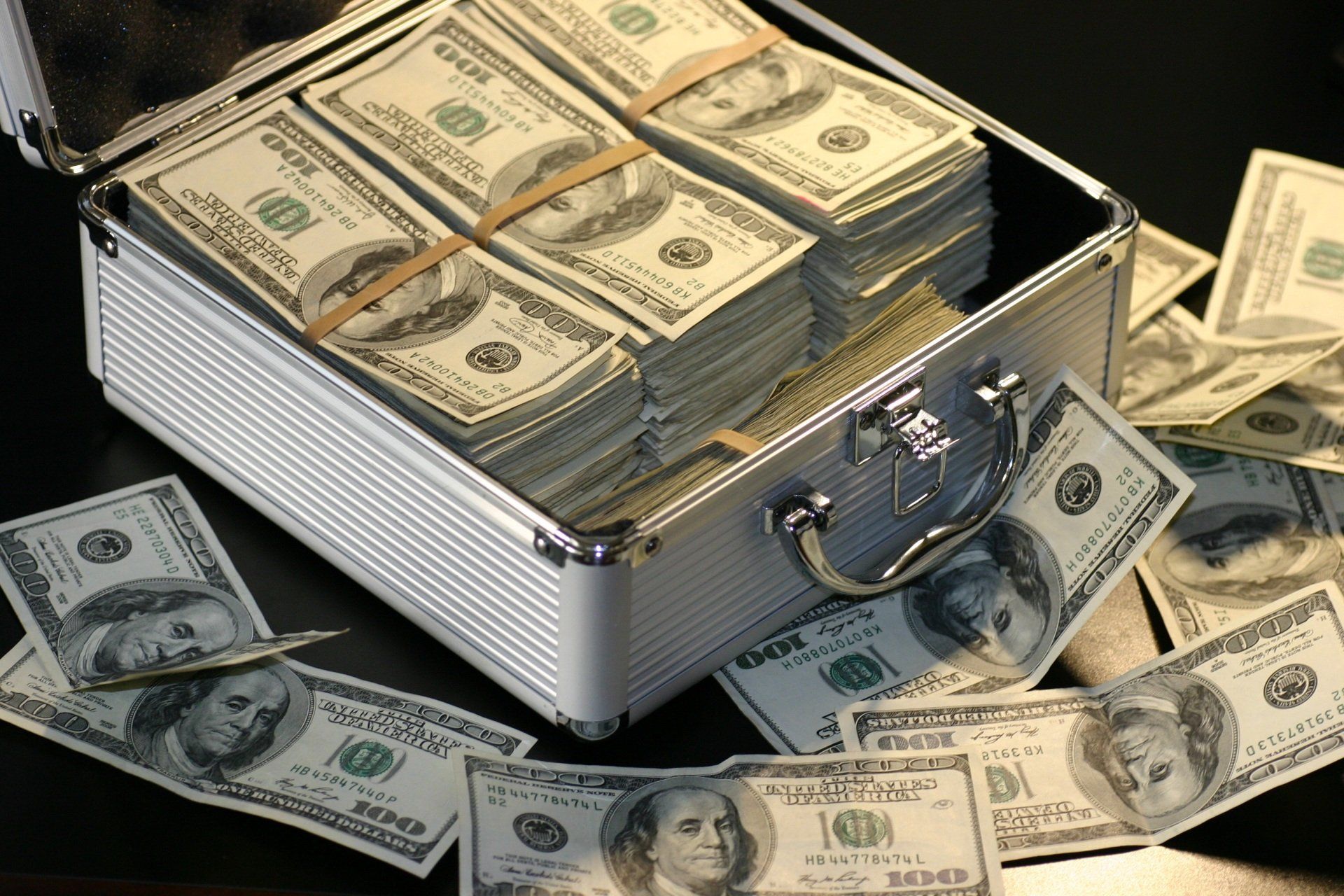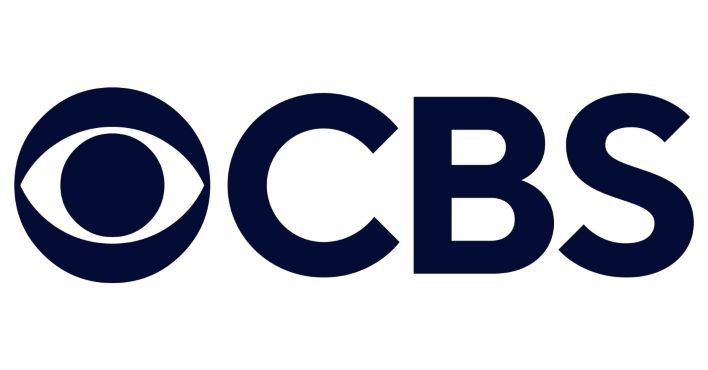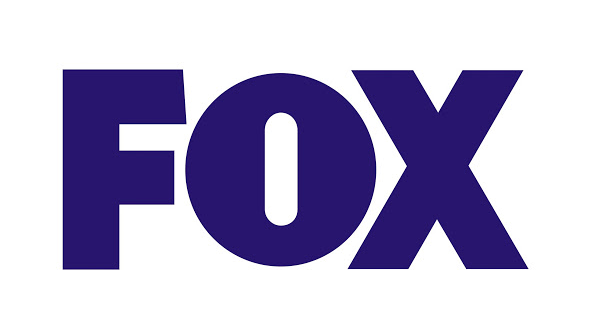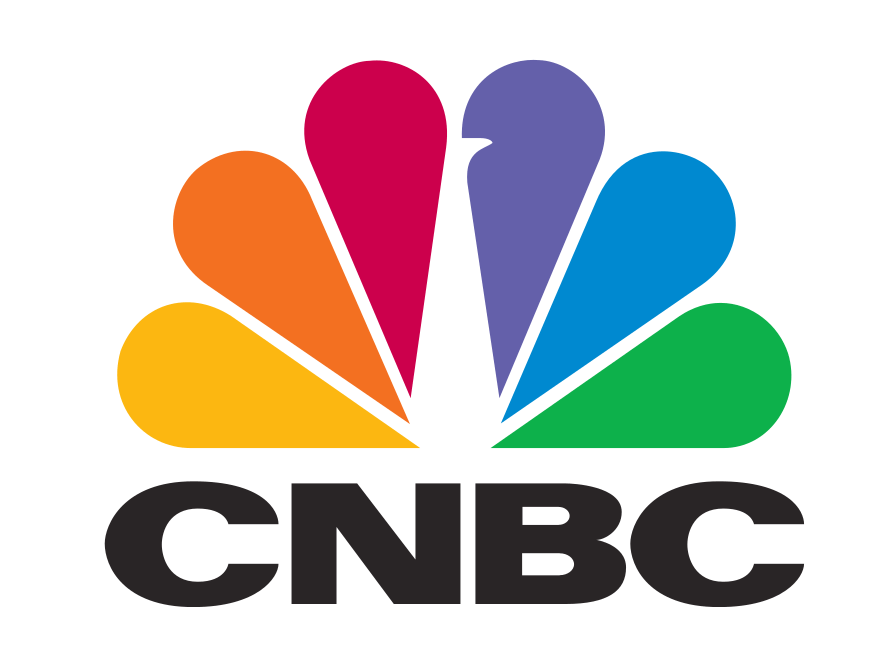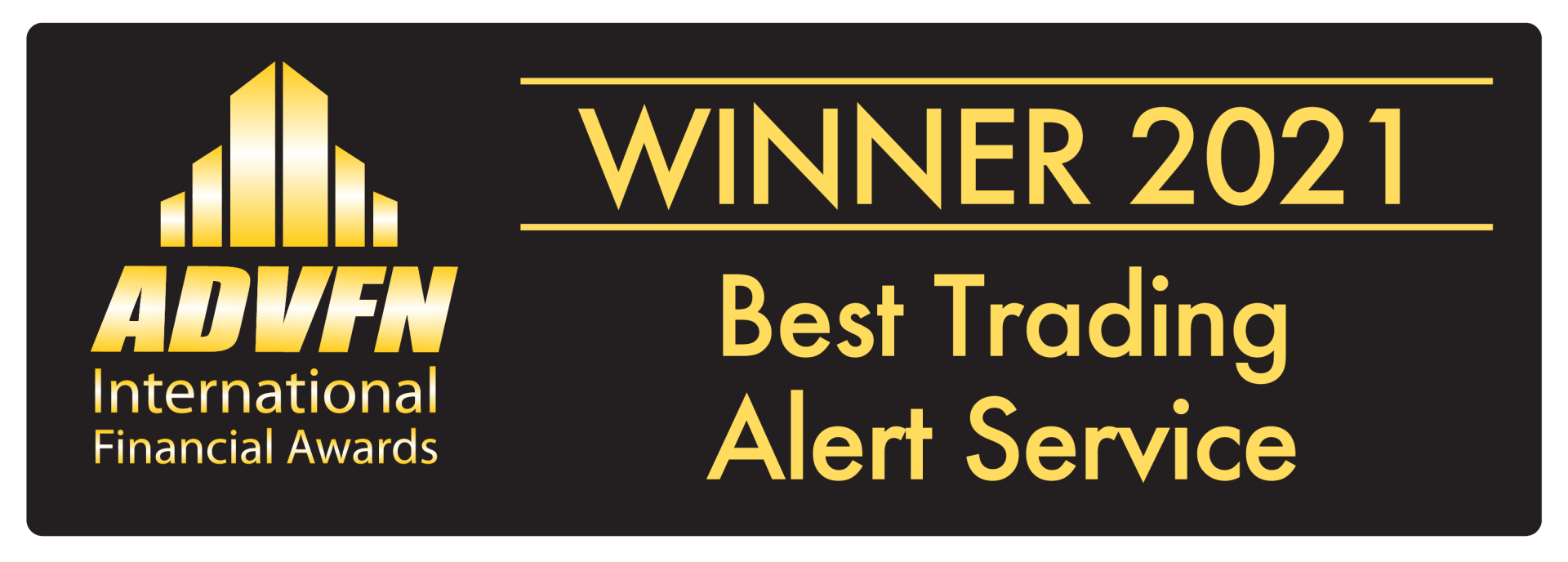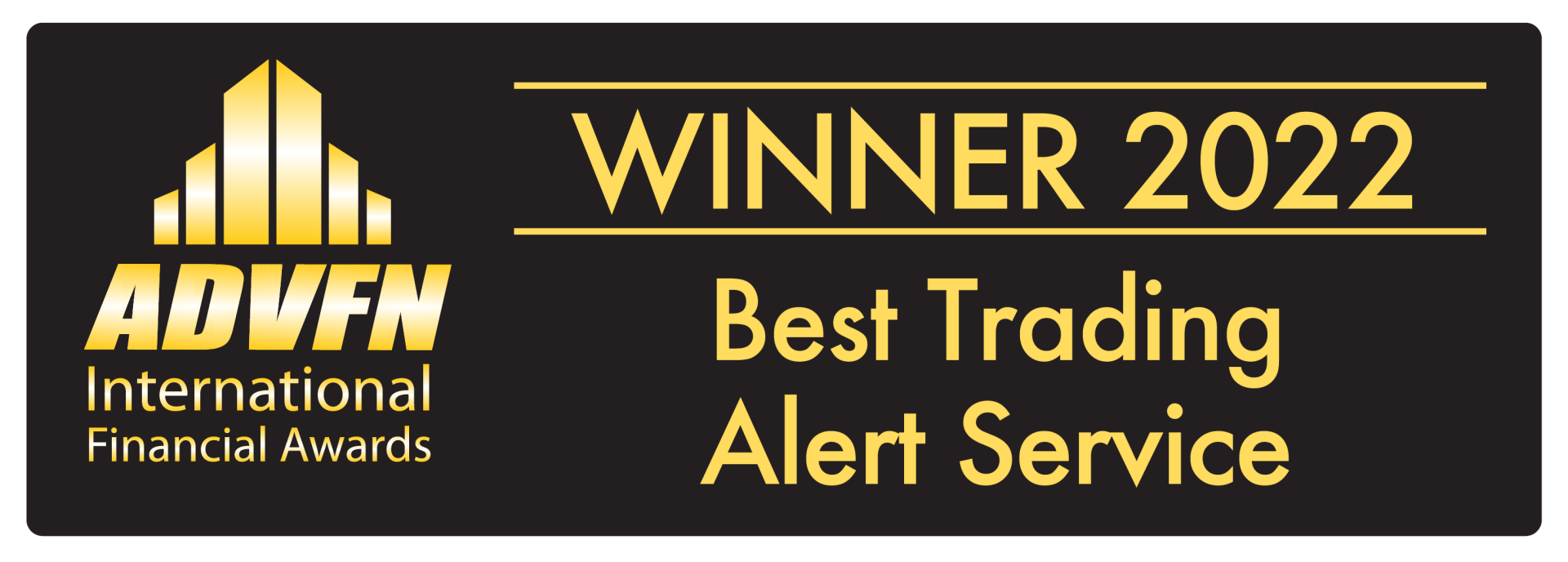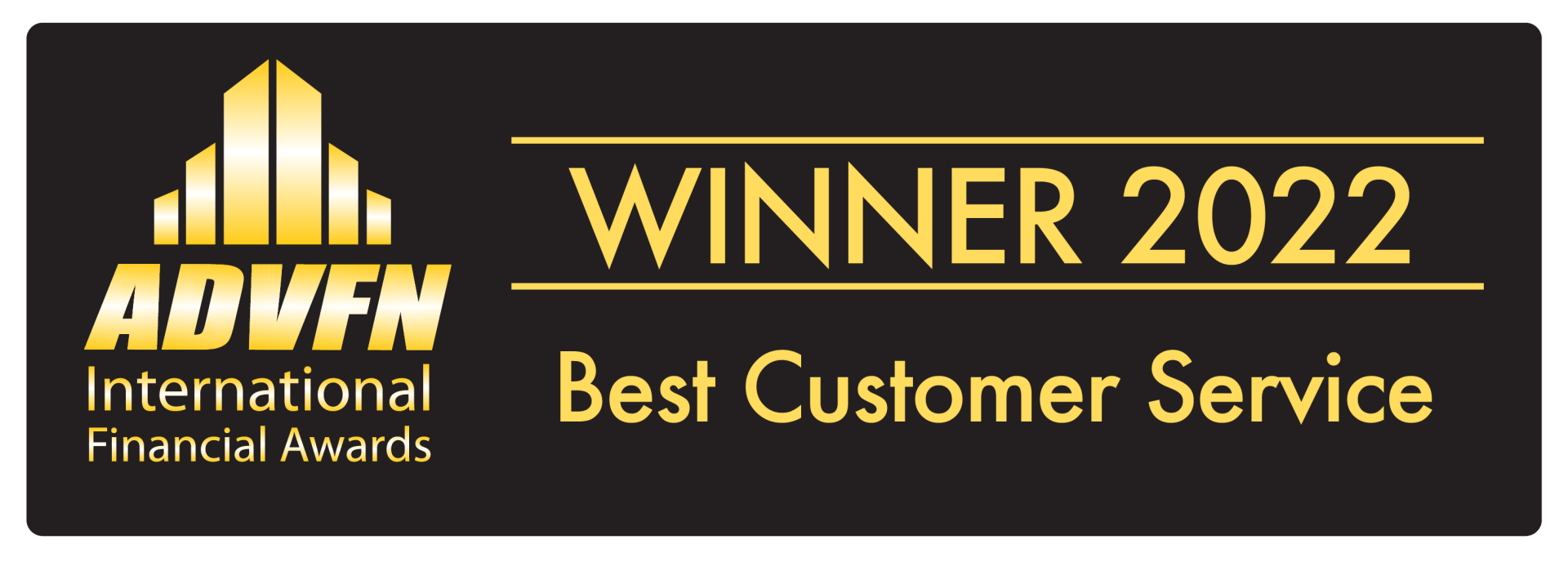The end of Cheap Money
We are now a quarter of the way through 2023 and it's one year since the Federal Reserve (Fed) started increasing interest rates to reduce inflation. Interest rates have risen from 0.25% back in March 2022 at their fastest rate in history to a current range of 4.75-5.00%.
But with inflation still high, the jobs market still hot and share prices bouncing back what has the end of cheap money really achieved?
Cheap Money
Remember 2008 and the Global Financial Crisis: banks going bust on the back of subprime lending and havoc in the financial markets? Well that should have taught us the dangers of excessive debt. But because for the past decade plus we've been living with very low interest rates unsurprisingly the amount of debt that companies and consumers have been comfortable taking on board has been rising.
Being able to borrow money at a sub 1% interest rate (cheap money) means that it is so easy to afford the repayments it almost becomes a 'why wouldn't you borrow it scenario'. Thus companies borrowed extensively to invest in growth be that to increase marketing, R&D, the number of resources, number of premises etc. Equally consumers borrowed to fund new houses, new cars, home improvements, investments, vacations etc. Importantly Banks also borrowed a lot of money from the Central Bank which they then lent to businesses/consumers and created derivatives to sell in order to make a return. Cheap money has also encouraged risky behaviour. Investors have used leverage to help them chase higher returns by funding long term assets with short term borrowing.
In fact total global debt as a percentage of GDP has been rising since 2008.
Contraction
With all the cheap money sloshing around the economy further boosted by the Federal Reserve's pandemic era QE programme things were likely to get out of balance. Consumers were spending which increased demand for housing and other goods, thus driving up prices. And businesses drove up pay and facilities costs through their rising demand for employees and facilities. Moreover, Financial institutions were awash with money that they needed to make a return on. A lot of this went into the financial markets hence the large increases that were seen in the value of the S&P and Nasdaq which was particularly pronounced in the Tech Sector.
But when cheap money gets expensive it's harder to pay the bills, which is exactly what happened when the Fed started to increase interest rates. Suddenly debt repayments that seemed inconsequential start to bite which leads to overall spend being tightened and the default level on loans going up. This increase in interest rates causes a contraction which is normally associated with a recession. A recession effectively cools the economy down, reducing inflation and thus enabling interest rates to be eventually reduced.
What's happened?
The increase in interest rates is clearly being felt by both businesses and consumers. Businesses are starting to layoff staff (particularly in the tech sector) and generally cut back on investment; aligned to analysts now being focused on bottom line profits rather than the previous era of sales growth at all costs. Some business models which worked when money was cheap, just won't work any more. From a consumer point of view the housing market is tightening and people are actively choosing to purchase cheaper food, products and services.
BUT, the economy still appears to be running hot and not cooling as fast as the experts expected, as evidenced by the headline inflation rate and tightness of the labor market. The problem here is that all of the key economic measures are historic so it's like driving a car by looking through the rear view mirror.
What should you do when interest rates are rising?
- Try and find a savings account that gives a higher rate and consolidate any savings in these higher rate accounts
- Pay down as much debt as you can, starting with the most expensive debt first (this is usually credit cards)
- If you need more debt to finance a house, car etc. then make sure you shop around and get the cheapest rate. If you can't get a fixed rate deal then make sure it is still affordable if there are further increases in interest rates
What next?
Keeping inflation at or under 2% is the target that the Fed has to adhere to (set by the government). So they must keep driving it down from its current inflated level (see what I did there!). Which means lending still needs to tighten. Now the Fed can raise interest rates again in May to do this, but there is an increasing view that the recent turmoil in the banking sector may cause the banks to further tighten their lending which could have the same net effect.
Whichever way you look at it, the Fed is walking a tightrope: tighten too much and damage the economy, tighten too little and inflation never gets under control. Getting in bang on the money is going to be difficult.
The bottom line is that it is going to get harder to borrow money before it gets easier. We're also going to see increased pressure on companies to focus on profit and remove unnecessary cost and investment, leading to cost savings and more redundancies. It's a good time to make sure you have your financial affairs in order!
The current volatility in markets is giving some great Trading opportunities. Inteligex can help you Learn to Trade the right way. Our class leading Trade Signals and Indicators can boost your consistency and returns. Book your FREE Personal Consultation below to find out more. It's over highly accurate and even tells you where to put your stops and targets.
To see how you could become a winning trader, book your FREE Personal Consultation.
USEFUL LINKS: What is Artificial Intelligence, Tech Stock Rebound, Banking Crisis, Common Trading Mistakes, What is a Recession, What is Fiscal Policy, What is Monetary Policy, Why are Economic Forecasts Wrong, US Stocks in 2023, Your best shot at Goal, Learn to Earn, Looking for a good stock to buy, What is Inflation?, How interest rates work





